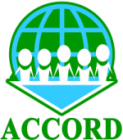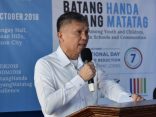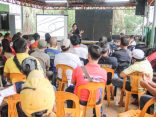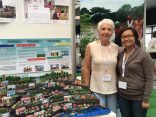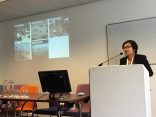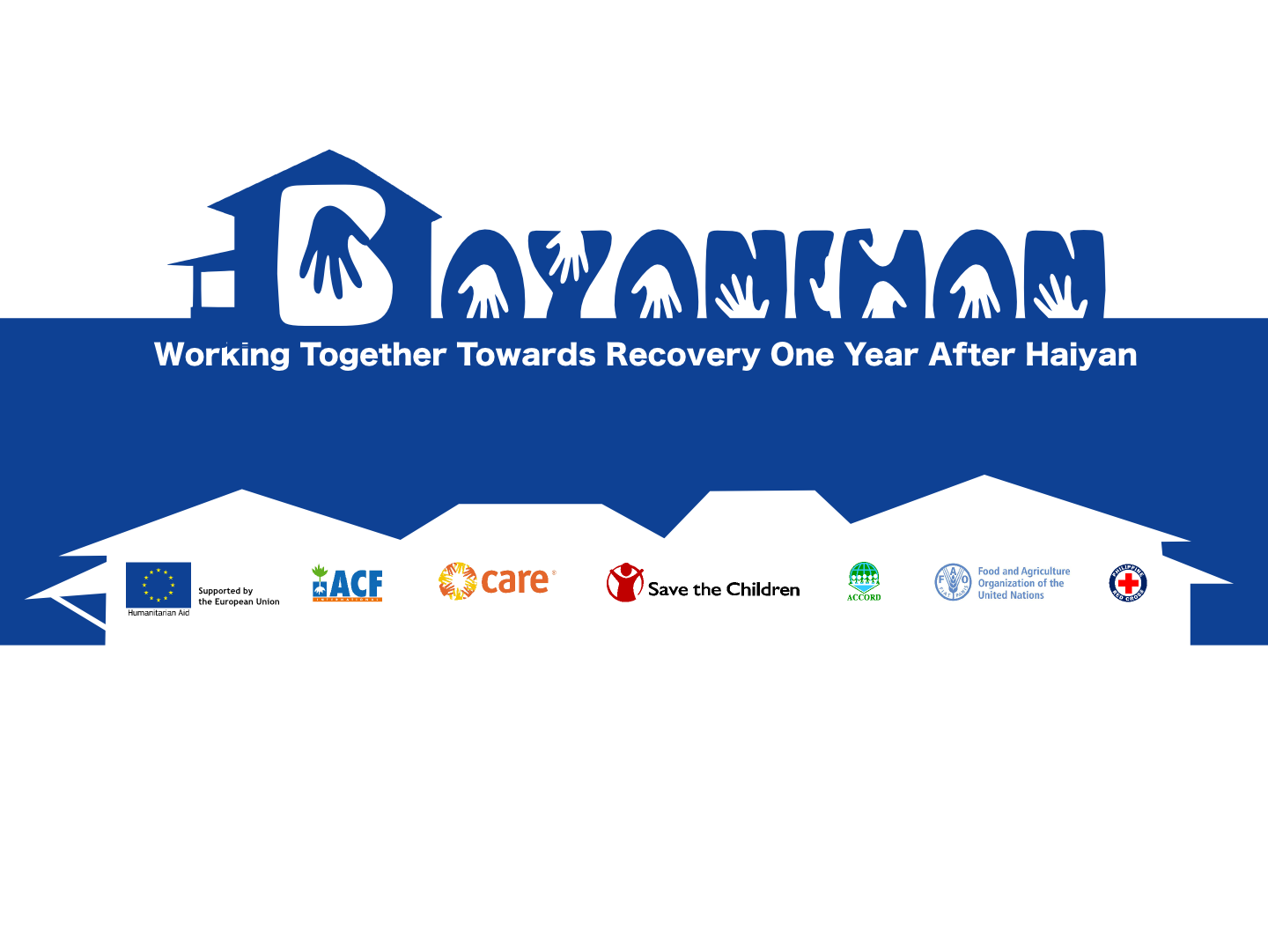 The ECHO II Haiyan Consortium relies on bayanihan as a means of increasing the impact of our actions and EU support. Through community-level trainings and meetings, communities were able to work together, pool their cash grants and build community-owned and managed farms, build homes for neighbors, and transfer their knowledge to others.
The ECHO II Haiyan Consortium relies on bayanihan as a means of increasing the impact of our actions and EU support. Through community-level trainings and meetings, communities were able to work together, pool their cash grants and build community-owned and managed farms, build homes for neighbors, and transfer their knowledge to others.It is with and through bayanihan that resilience – the ability of communities to bounce back from the effects of hazards – is achievable for Haiyan-affected communities. Yes, there remain severe gaps in the recovery process, but together we can do more towards addressing them.
One year on, we stand together to honor the survivors, and the efforts of the community, our partners, and our sponsors.
On November 8, 2013, the Philippines was hit by the devastating Typhoon Haiyan, locally known as Yolanda. More than 1.1 million houses were destroyed, over 20 billion damages to agriculture, and 19.5 billion in damages to infrastructure. But the spirit of Filipinos is indomitable, and so began rebuilding their lives just days after the typhoon hit.
The European Commission’s Humanitarian Aid and Civil Protection department (ECHO) also responded quickly, providing €40 million in humanitarian assistance and early recovery interventions. Priority was given to the most severely affected people providing them with life-saving shelter, food, water, sanitation and healthcare, as well as livelihood and reconstruction support. ECHO’s contribution is directly making a difference for more than 1.2 million women, men, and children in the affected areas
To celebrate the resilience Filipinos have shown one year after the disaster, and the upwelling of bayanihan spirit which facilitated recovery efforts, ECHO implementing partners and beneficiaries will join together on the morning of November 9, 2014 in Tacloban City, Leyte.
ECHO Philippines Overview
The European Union (EU) and ECHO, through a number of local and international implementing partners, has maintained a strong humanitarian response to typhoon Haiyan. These partners include multilaterals such as the International Organisation for Migration (IOM), the Food and Agricultural Organisation (FAO), the World Food Program (WFP), Spanish Red Cross, Finnish Red Cros, German Red Cross and the International Committee of the Red Cross (ICRC). And many non-governmental organizations (NGO), such as Save the Children International, ACF International (Action Against Hunger), CARE and its implementing partner Assistance and Cooperation for Community Resilience and Development (ACCORD), and PLAN International. To better streamline Haiyan operations, these organizations work together in consortia, with one being led by PLAN, and the other, ECHO II, is led by Save the Children International.
The Damages
According to the UN, 14.1 million people have been affected by typhoon Haiyan; 6 million of which are children. In Regions VI and VIII, 27% of the total populations have been affected, roughly 3.8 million people per region. Iloilo, Leyte, and Eastern Samar are among the most affected as reported by the NDRRMC and DSWD.
100 days after Haiyan, Shelter Cluster data showed that there were houses yet to be rebuilt: more than 23,000 in Eastern Samar, 38,000 in Leyte, and 24,000 in Iloilo.
5.9 million lost their livelihoods to the typhoon, of this 51% were fisherfolk, 29% were farmers. 27% of the population remained without a secure food source and significantly reduced purchasing power.
Social services were similarly affected. Between 50 to 90% of health facilities in Panay, Leyte, and Samar were destroyed. Region VIII has the highest percentage of damaged public elementary and secondary schools at 32%, followed by Region VI at 20%. 2,500 day care centers have also been damaged.
The action
The Consortium pairs cash and in-kind assistance with targeted training. Each household assisted receives technical assistance on Disaster Risk Reduction (DRR) to risk-proof aspects of their lives affected by Haiyan. Community carpenters and families who received cash and shelter repair kits were trained how to Build Back Safer (BBS) homes. Households who received livelihood grants received training on financial management and sector-specific DRR techniques. Psychological first aid and child protection trainings were also given to parents as well as the staff of rehabilitated community structures such as barangay health stations, day care centers, and schools.
By December, the Consortium aims to ensure more than 7,000 homes built back safer, more than 7,000 households with recovered and diversified livelihoods, and 65 barangay health stations, day care centers, and schools repaired, reinstating social service access to more than 71,000 Filipinos.
The Action
The ECHO II Haiyan Consortium bridges the gap between the emergency phase and the recovery phase of the Haiyan response. The consortium is composed of ACF International in Eastern Samar, CARE International in Leyte, and Save the Children International in Panay. Together, the three partners implement shelter, food security and livelihoods, education and health infrastructure repairs, water, sanitation, and hygiene (WASH); and child protection programming in their respective areas. Overall, the grant is €4.9 million over calendar year 2014.
Bayanihan: Mutual Aid
From the 1950s to today, the European Union has been the largest bayanihan scheme worldwide. But the term itself was born out of the shoulders of Filipinos, of neighbors who carried upon them what would have been an impossible weight for one man or one family, but bearable for an entire community. Entire houses were borne on shoulders and relocated miles from its original location, thus, bayanihan is also a symbol of new beginnings, of a new life.
It is with this symbolism that the international and local communities have tackled relief and recovery operations for Haiyan affected areas and populations. From all over the world, people of all ages and capacities have pitched in and helped bear the weight of rebuilding lives.
The ECHO II Haiyan Consortium relies on bayanihan as a means of increasing the impact of our actions and EU support. Through community-level trainings and meetings, communities were able to work together, pool their cash grants and build community-owned and managed farms, build homes for neighbors, and transfer their knowledge to others.
It is with and through bayanihan that resilience – the ability of communities to bounce back from the effects of hazards – is achievable for Haiyan-affected communities. Yes, there remain severe gaps in the recovery process, but together we can do more towards addressing them.
One year on, we stand together to honor the survivors, and the efforts of the community, our partners, and our sponsors.
